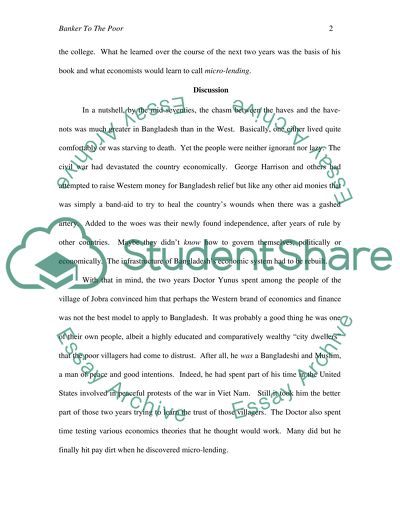Cite this document
(“Book Report /Review Example | Topics and Well Written Essays - 2000 words”, n.d.)
Retrieved from https://studentshare.org/other/1397823-book-report
Retrieved from https://studentshare.org/other/1397823-book-report
(Book Report /Review Example | Topics and Well Written Essays - 2000 Words)
https://studentshare.org/other/1397823-book-report.
https://studentshare.org/other/1397823-book-report.
“Book Report /Review Example | Topics and Well Written Essays - 2000 Words”, n.d. https://studentshare.org/other/1397823-book-report.


